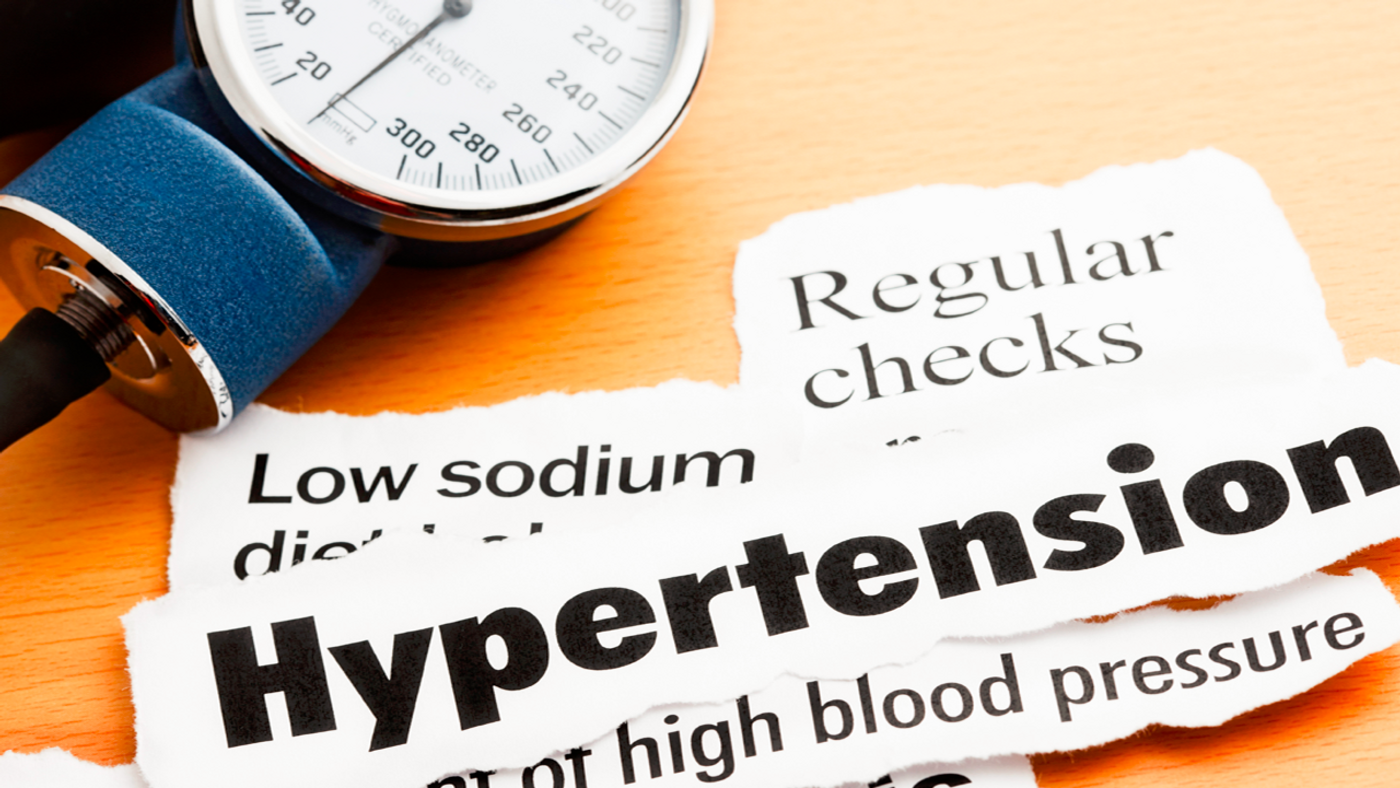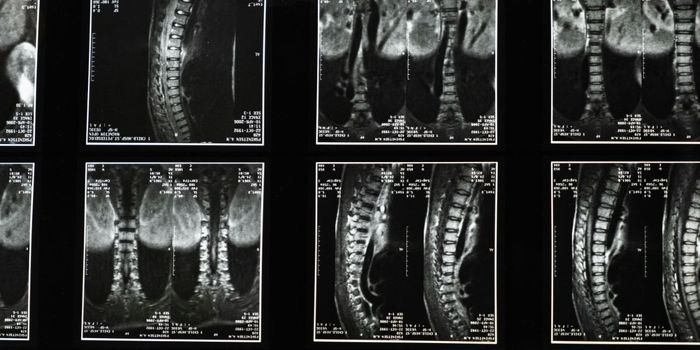Nearly one-third of the American adult population has high blood pressure, or hypertension. Various classes of antihypertensive drugs exist to treat the condition, ranging from beta blockers to calcium channel blockers and ACE inhibitors. However, new findings indicate possibly the biggest breakthrough in treating hypertension in 15 years, and it treats hypertension by targeting the source of the problem.
As the right and left common carotid arteries in the neck split into two, become external and internal carotid arteries, there exists two sensory organs, called carotid bodies. While scientists learned of the sensory abilities of carotid bodies over a century ago, they are just know figuring out how these organs, the smallest in the body, relate to blood pressure.
From the University of Bristol in an article published in the journal
Nature Medicine, a team of researchers experimented with a new antihypertensive technique by targeting nerve signals in the carotid bodies.
"In healthy individuals, the carotid bodies have very low levels of activity," said Professor Julian Paton, who led the study. "We discovered that these tiny organs become hyperactive in conditions of hypertension, generating what we have called aberrant or tonic discharge, which is sent into the brain regions controlling cardiovascular activity. In this way, changes within the carotid body may be a cause of high blood pressure and therefore represent a novel target for controlling blood pressure."
The new approach lowers blood pressure by reducing the nervous system activity in the carotid bodies, while alternate options used in the past targeted organs like the heart, kidneys, and vasculature that were affected by hypertension.
The drug used in Paton’s experiments is MK-7624, which blocks unusual, hypertension-related signaling activity in carotid bodies. In preclinical models, the drug successfully led to the significant reduction in blood pressure.
The target for MK-7624 in the carotid bodies? P2X3 receptors, confirmed to be involved in carotid body activity. Block these receptors with a selective antagonist like MK-7624, and the carotid bodies should signal for regular blood pressure, in theory.
In the past, Paton and his team had success with lowering blood pressure in human patients with drug-resistant hypertension by removing an entire carotid body. Next, they investigated how carotid bodies become hyperactive in the first place, thinking they could potentially prevent hypertension from ever occurring in patients with certain risk factors known to lead to high blood pressure.
They found that ATP produced regularly by the body activates the P2X3 receptor in carotid bodies, upregulating P2X3 proteins to five times the level of a healthy person’s P2X3 protein. This is the reaction that was causing hypertension. The next reasonable step was to block the P2X3 receptor, and they saw a drastic reduction in blood pressure in animal models when the receptor was inhibited.
Now, Paton continues his research by studying the ability of MK-7624 to prevent carotid bodies from signaling for the nervous system to induce increased respiratory and blood pressure rates. Carotid bodies become active when oxygen levels in the blood are lower than normal, which is why increasing breathing and blood pressure rates would be advantageous in acute situations.
“Think of it in terms of a domestic fire alarm,” Paton explained. “It switches off after the smoke disappears, but the battery remains in place, meaning it can still respond in an emergency.”
Paton and his team will continue to test the reaction between blocking the P2X3 receptor and the reduction in blood pressure, most likely with a clinical trial looking to identify the best participants with carotid body hyperactivity that would most likely respond positively to this treatment.
"This approach may be the first novel anti-hypertensive treatment strategy in more than 15 years, and perhaps the first directed at a root cause of excessive sympathetic discharge to cardiovascular end-organs," said Paton. In addition to treating hypertension, Paton’s approach could also expand to the treatment of other cardiometabolic disorders, including sleep apnoea and heart failure where the sensitization of carotid bodies is also at the root of disease.
Sources:
University of Bristol,
Comprehensive Physiology,
Centers for Disease Control and Prevention
Image: www.healthination.com









